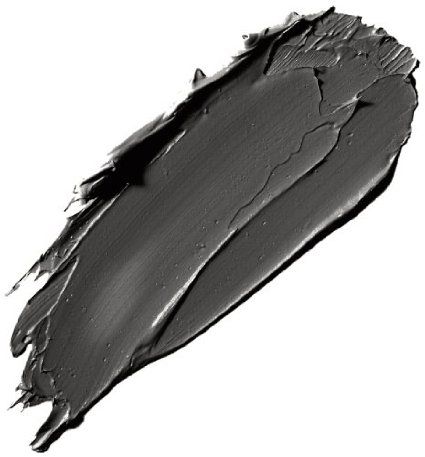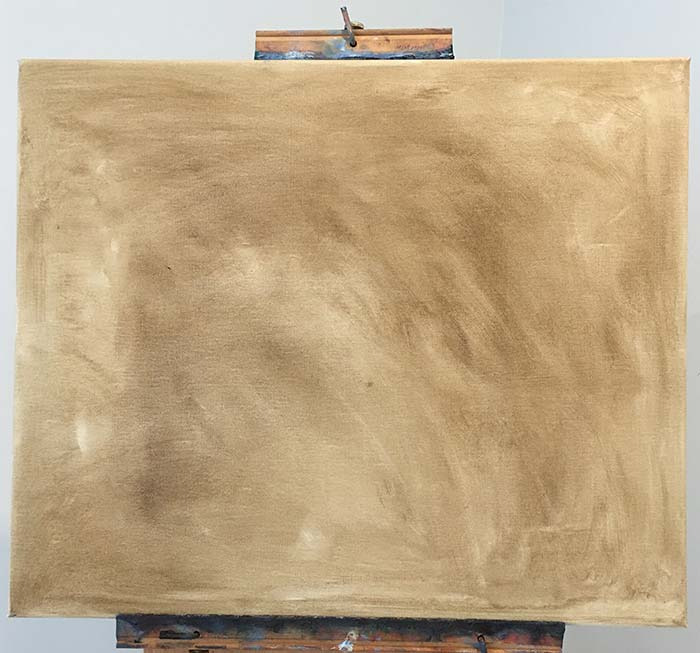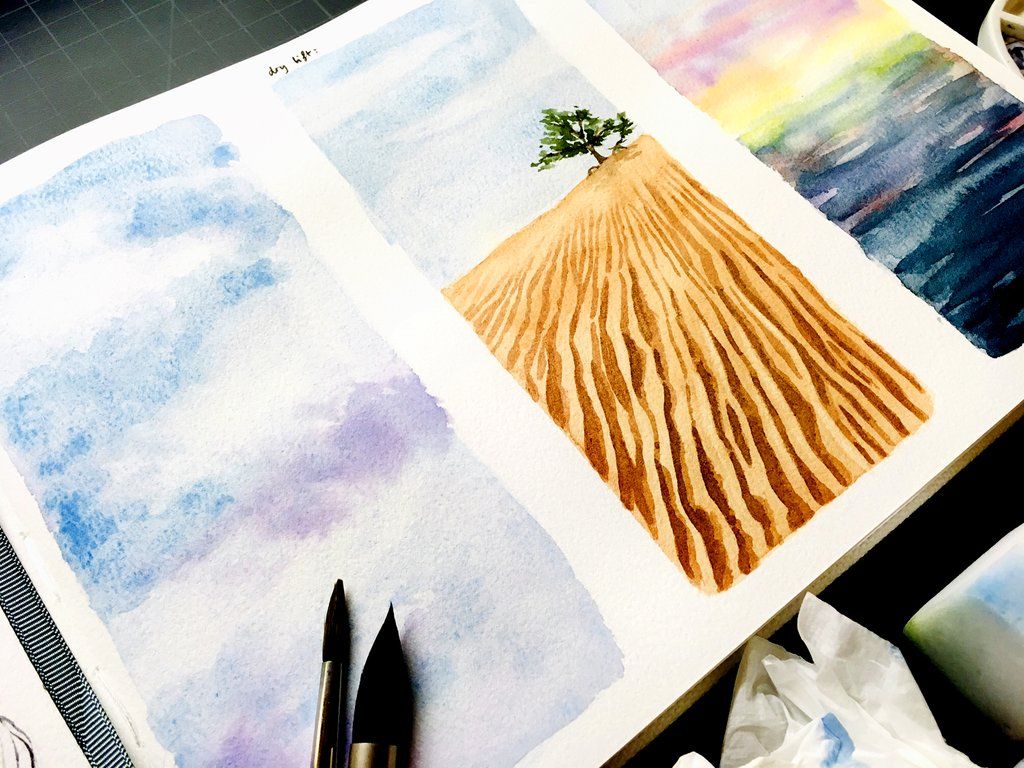As many of you may already know, I have painted using acrylics for over 7 years. It’s one of my top recommended paint mediums for beginners because it’s so easy, much cheaper compared to oil paint, dries a lot faster, and is super practical for long practice hours as it is scent-free and most brands contain no dangerous chemicals. In this article, I will share with you my 9 ultimate best acrylic paint tips for beginners that will change your painting sessions and elevate your paintings.
Best Acrylic Paint Tips for Beginners
Let’s start with the art supplies you need.
Your acrylic paint surface
Always work on a canvas. I personally do not like painting using acrylics on paper and when I do, I make sure the paper is thick and absorbant.

When working on a white canvas, I would always start by staining my canvas using either a muted tan shade or a grey one. For paper, you can buy tan paper. Colors go much more accurately on neutral surfaces vs. white surfaces, and that would be my first acrylic paint (and any other paint) tip for you.
Your acrylic paint
Your next concern is the acrylic paint you’re gonna buy. I do not recommend you opt for the cheapest translucent acrylic paint as it is so annoying to build and comes off as very dull and patchy. However, if that’s what you have on hand, I have this paint hack that is really useful where you add some corn starch to your paint and mix it until you achieve your desired consistency. It works like magic and makes your paint thicker and more opaque.
Some of the reasonably priced brands that you can get are this GenCrafts acrylic set on Amazon and this MagicFly acrylic set. Please keep in mind that these recommendations are for beginners if you are more advanced and looking for high-quality recommendations. Check out these individuals by Daler Rowney.
Your paintbrushes
I have a full guide on paintbrushes and how to choose the perfect long-lasting one and take care of them. But if you are looking for a quick recommendation, this set will do the job just fine.

Let’s move on to the acrylic paint tips for beginners
1- Keep track of the color combos you mixed to avoid mixing big amounts of paint
Beginners usually forget that acrylic paint is so fast drying, if you mix a color today, you won’t be able to use it tomorrow. It will dry in a maximum of 4 hours (if the layer is thick). For that reason, I always recommend my readers mix an as little amount of paint as needed for the session and keep track of the colors and amount needed of each hue to obtain the color mix. I keep swatches of the shades I mixed on my sketchbook alongside the colors I used and an approximate percentage of the amount used.

Learn how to mix colors here: Color Theory in Art: Create your own color schemes with paint
2- Mix lighter shades of your paint because acrylic paint dries darker
Another reason to avoid buying cheap acrylic paint is the fact that the cheaper it is, the more filler and less pigment it has. So try your paint on a surface and let it dry completely, then compare the outcome to the initial color. You will be making colors way more accurately.
3- Use a damp brush to blend your paint
Acrylics are super easy to blend, but because of their dry nature, once blended, they could come off as patchy and streaky. To avoid that, I recommend you mix your transitional shades, and put them on your canvas, then come with a dump, soft yet stiff brush to blend the edges of your elements and achieve a soft coherent look.
4- Use the lifting method to create softer backgrounds and paint clouds
Just like any other water-based paint, acrylics could be lifted for you to achieve soft effects. Let’s say you want to paint clouds. You start with painting the background, then instead of adding white paint on top of it, you take a rug, a dry towel (or a wet one for a little lifting), and dab on the areas where you want your clouds to go. That way you are erasing, removing, or lifting the paint from those areas which will leave you with a soft stained surface that looks so much more realistic.
5- If you like clean edges, use masking art tape
Masking tape is definitely a great hack for those of you painting architecture or landscape as well as those who like perfectly clean edges.

6- Allow your layers to dry before moving on to details
Details are best added with a wet detail brush on a fully dry surface. The bristles on a wet brush hold together, creating a sharp point for you to add your details. Keep in mind that the lighter your touch on the canvas, the thinner your lines will be.
7- Muted colors improve your paintings
Muted colors are subtle colors or colors that have been subdued, dulled, or grayed. The opposite of a muted color is a bright, vivid, saturated color. When you use bright colors everywhere in your painting, then nothing can really stand out, as the entire painting will be bright. This washes out your focal point with its surrounding colors that have the same brightness level. Think of it like a competition. You never want your focal point to compete with other parts of the painting.
Incorporate muted tones to create a contrast, and keep the bright color tones for focal points to stand out.
8- Cover your palette with plastic wrap if you want to take a break
It will still need to be a brief break, but it helps if you want to take a pause or take care of a different task. However, never leave the caps off your acrylic paints or leave your brushes loaded with paint.
Conclusion
These are some acrylic paint tips for beginners that create a big difference in your process of painting with acrylics as a beginner. Enjoy creating <3



2 Comments